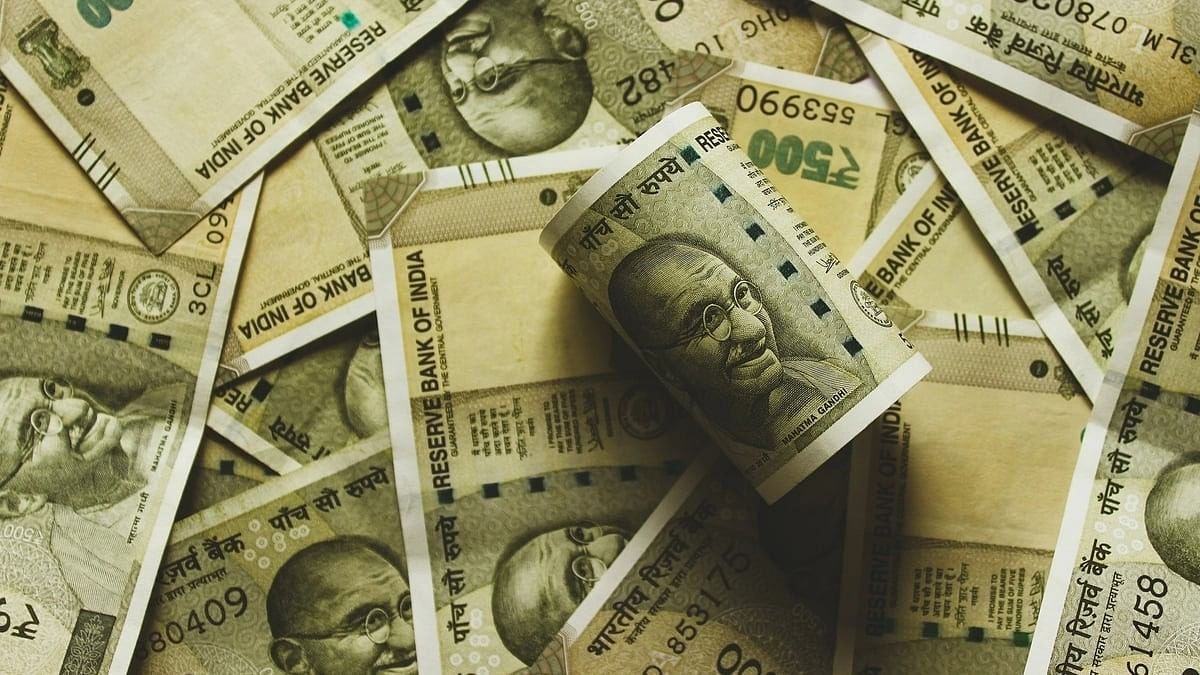
Representative image of Indian rupees.
Credit: Pixabay Photo
New Delhi: Real wages are likely to grow by around 6.5 per cent year-on-year in the current financial year, nearly double when compared with the previous year's growth of 3.5 per cent, helped by softer inflation, India Ratings and Research (Ind-Ra) said on Tuesday.
“The support to the real wage growth is expected to emanate from a drop in inflation and improved employment conditions in view of an above-normal southwest monsoon rainfall for 2024," said Sunil Kumar Sinha, Principal Economist, Ind-Ra.
As per the Reserve Bank of India (RBI) projections, the headline retail inflation is estimated to decline from 5.4 per cent in 2023-24 to 4.5 per cent in the current financial year. Growth in real wages means the increase in wages after taking into account inflation.
The increase in real wages during the financial year ended March 2024, was the lowest since 2015-16 (barring the pandemic year 2020-21). The real wage growth in 2022-23 stood at 8.9 per cent. During the financial year 2021-22, the growth in real wages stood at 12.6 per cent mainly due to the base effect, because in the previous year (2020-21 which was impacted by the pandemic) the real wages declined by 0.7 per cent.
Growth in real wages plays a very important role in consumption growth, a key contributor to GDP growth.
Consumers typically base their consumption on their medium-term average income rather than current income to smoothen their income consumption mix. Thus, if wage growth is perceived as stable, then it can lead to a more sustained increase in consumption. Conversely, if wage growth is unstable, then the consumption growth may be more muted and volatile, Ind-Ra noted in its Monthly Macro View report.
The private final consumption expenditure (PFCE) demand is expected to grow 7 per cent year-on-year in 2024-25. Ind-Ra’s estimates suggest that a 1 per cent increase in real wages leads to a 110 basis points (1.1 per cent) increase in real PFCE and the multiplier effect of which could lead to a 60 basis points increase in GDP growth.
The Indian economy has posted robust growth post Covid. As per the latest official data, GDP growth in the financial year ended March 2024 stood at 8.2 per cent, the third successive year when the growth has been above 7 per cent.
However, the growth driver in FY24 was investment demand led by the government capital expenditure (capex). PFCE, the largest component of GDP, witnessed tepid growth of 4 per cent in FY24 which was less than half of the GDP growth and slowest since 2002-03 (barring COVID-19 impacted FY21).
Ind-Ra underlined in its report that the skewed nature of recovery in PFCE post-Covid led by upper income households is not sustainable. “If PFCE does not become broad-based, then it can become an impediment for sustaining 7 per cent plus GDP growth,” it said.